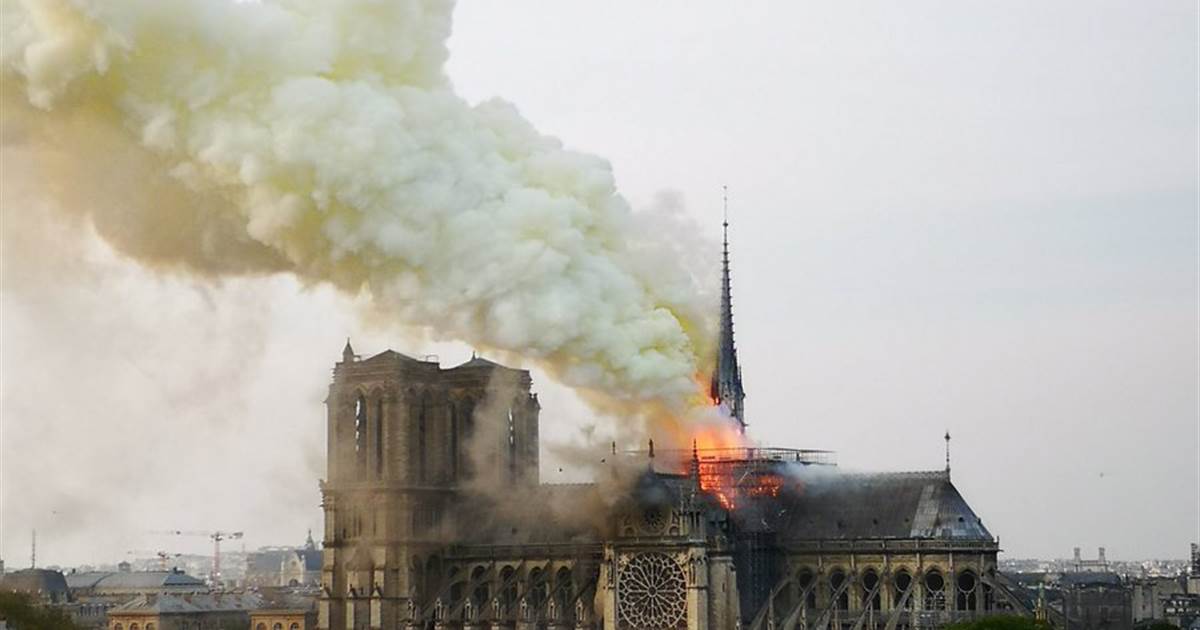Rod Dreher is fond of quoting a line from Benedict XVI who—forgive my paraphrasing—has said that the church’s two most powerful evangelistic tools are her art and her saints.
Though I have never been fully outside the church, even during my angriest times I still attended regularly and would have called myself a Christian, I’ve felt the weight of that appeal.
Login to read more
Sign in or create a free account to access Subscriber-only content.
